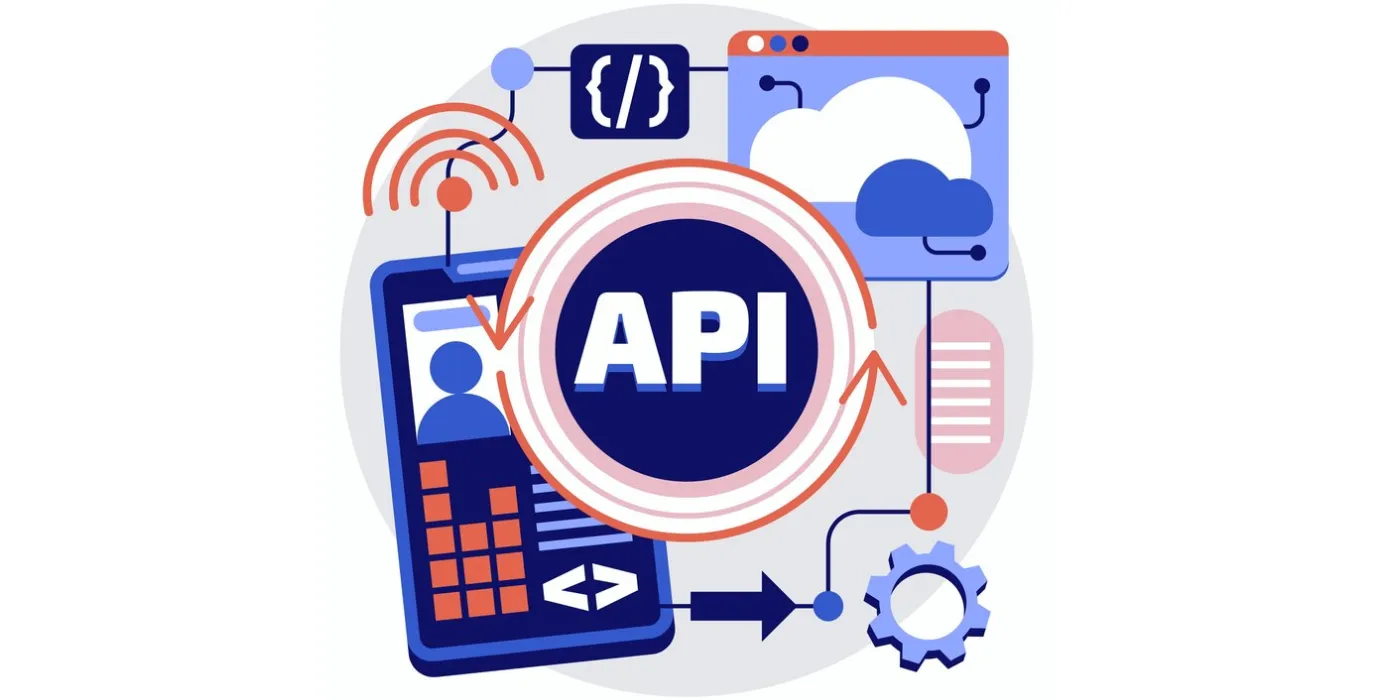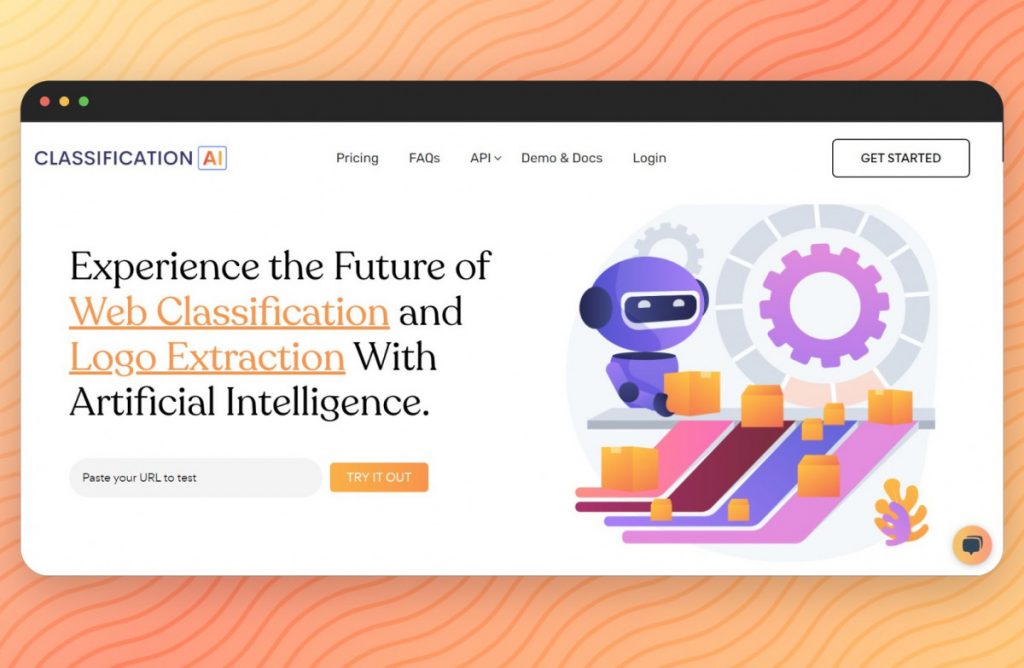Artificial intelligence (AI) has become an integral part of our lives, transforming the way we interact with technology. One of the key applications of AI is classification, where machines are trained to categorize and organize data. With the advent of AI Classification APIs, developers can now easily integrate this powerful technology into their web applications, creating intelligent and efficient systems. In this article, we will explore the AI Classification API and its potential in building intelligent web applications.
Understanding the AI Classification API

The AI Classification API is a tool that utilizes machine learning algorithms to automatically classify and categorize data. It takes unstructured or semi-structured data as input and assigns it to predefined categories or labels. This API empowers developers to build intelligent web applications that can understand and organize data in a meaningful way.
How does it work?
The AI Classification API follows a four-step process to classify data effectively:
- Data Preparation: The first step in using the AI Classification API is to gather and prepare the data for training. This involves cleaning and formatting the data, ensuring its quality and consistency.
- Training: Once the data is prepared, it is used to train the machine learning model. The model learns from labeled examples, identifying patterns and correlations between the data and its corresponding categories.
- Testing and Evaluation: After the model is trained, it is tested with a separate set of data to evaluate its performance. This step helps determine the accuracy and reliability of the model.
- Deployment: Once the model passes the testing phase, it is ready to be deployed and used for classification tasks. The AI Classification API provides a user-friendly interface for developers to integrate the model into their web applications.
Benefits of the AI Classification API
Implementing the AI Classification API offers several benefits for developers and businesses:
1. Intelligent Data Organization
The AI Classification API enables developers to build web applications that can automatically organize and categorize data. This eliminates the need for manual sorting and labeling, saving time and resources. With intelligent data organization, businesses can easily search, retrieve, and analyze information, leading to improved efficiency and productivity.
2. Enhanced User Experience
By integrating the AI Classification API into web applications, developers can create personalized and tailored user experiences. The API can analyze user behavior and preferences, categorizing data to provide relevant recommendations and suggestions. This helps businesses engage users and deliver a more enjoyable and efficient user experience.
3. Efficient Content Filtering
For web platforms that deal with user-generated content, the AI Classification API can be used to filter and moderate content. It can automatically categorize content based on predefined rules, ensuring that inappropriate or spam content is flagged and removed. This helps maintain the integrity and quality of the platform.
4. Improved Decision-making
With the AI Classifications API, businesses can make data-driven decisions more effectively. By categorizing data, businesses can identify patterns, trends, and correlations that may not be apparent in unstructured data. This enables businesses to gain insights and make informed decisions, leading to better strategies and outcomes.
5. Scalability
The AI Classifications API is designed to handle large amounts of data, making it highly scalable. As businesses grow and data volumes increase, the API can easily handle the increased workload without compromising performance or accuracy. This ensures that web applications built using the API can scale alongside business needs.
Use Cases
The AI Classifications API has a wide range of applications across various industries:
1. Customer Support
Web applications can utilize the AI Classification API to automatically categorize and route customer support tickets or inquiries. By analyzing the content of customer messages, the API can assign categories and prioritize them based on urgency or complexity. This helps businesses provide timely and efficient customer support.
2. Content Curation
For media platforms or content aggregators, the AI Classification API can be used to automatically categorize and organize articles, videos, or other forms of content. This enables personalized content recommendations for users, ensuring that they receive relevant and engaging content.
3. E-commerce
Online retailers can leverage the AI Classifications API to categorize and tag products automatically. This allows for efficient product organization, making it easier for customers to discover and navigate through product listings. Additionally, the API can analyze user behavior and preferences to provide personalized product recommendations.
4. Social Media Analysis
The AI Classifications API can be utilized to analyze social media posts and comments, categorizing them based on sentiment or topic. This enables businesses to gain insights into customer sentiment, identify trends, and monitor brand perception on social media platforms.
To make use of it, you must first:

- Go to AI Classification API and simply click on the button “GET STARTED” to start using the API.
- After signing up in Classification.ai, you’ll be given your personal API key. Using this one-of-a-kind combination of numbers and letters, you’ll be able to use, connect, and manage APIs!
- Employ the different API endpoints depending on what you are looking for.
- Once you meet your needed endpoint, make the API call by pressing the button “Run” and see the results on your screen.
Conclusion
The AI Classifications API empowers developers to build intelligent web applications that can automatically categorize and organize data. By leveraging machine learning algorithms, businesses can enhance efficiency, improve decision-making, and deliver personalized user experiences. With its wide range of applications and benefits, the AI Classifications API is transforming the way businesses and organizations handle and interact with data. By integrating this powerful technology into web applications, businesses can stay ahead of the competition and deliver innovative solutions to their customers.
Read More: Real time categorization api for development purposes

